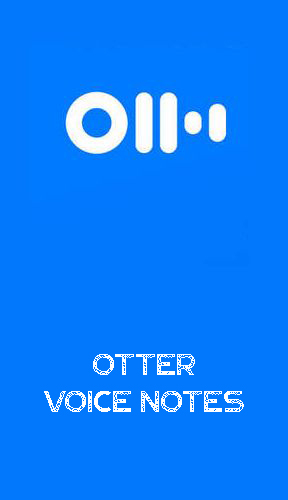
“Google Meet is a highly effective video conferencing tool and is used by over a hundred million people every day for business collaboration,” Otter CEO Sam Liang said in a statement. Otter pitches the transcript and platform as useful not just for those who might miss the meeting, but as a way to share precise and accurate information about what happened during the meeting with those who are hearing impaired or may note native speakers of the language and would like to be able to read it out. The transcript is also interactive, with the option to highlight passages, insert images, and correct any errors made by the AI that are spotted after the meeting. Google Meet has a closed caption feature built-in, so there’s not much of an incentive to choose one over the other in that regard.Īfter the meeting is over, the transcript is saved to the user’s Otter account and can be shared around to whoever needs to see it. Tapping the CC button turns on the Video Captions feature, applying the same technology to closed captions, but it’s essentially the same thing. Once you can hit the record button and see the Live Notes transcript, write itself on the side, as shown in the video above. During the conference, Live Notes will appear as a panel on the side of the video window.

Once Otter’s Google Chrome Extension is downloaded and installed, it just has to be connected to Google Meet before the next video conference. The free Otter’s speech-to-text technology is part of Google’s efforts to capture a bigger segment of the enterprise videoconferencing market as it explodes in the wake of the global pandemic, including the approximately 100 million daily users of Google Meet. Google Meet conferences can now add real-time transcriptions and captions using Otter.ai’s new Live Notes and Video Captions Google Chrome extensions, respectively.


 0 kommentar(er)
0 kommentar(er)
